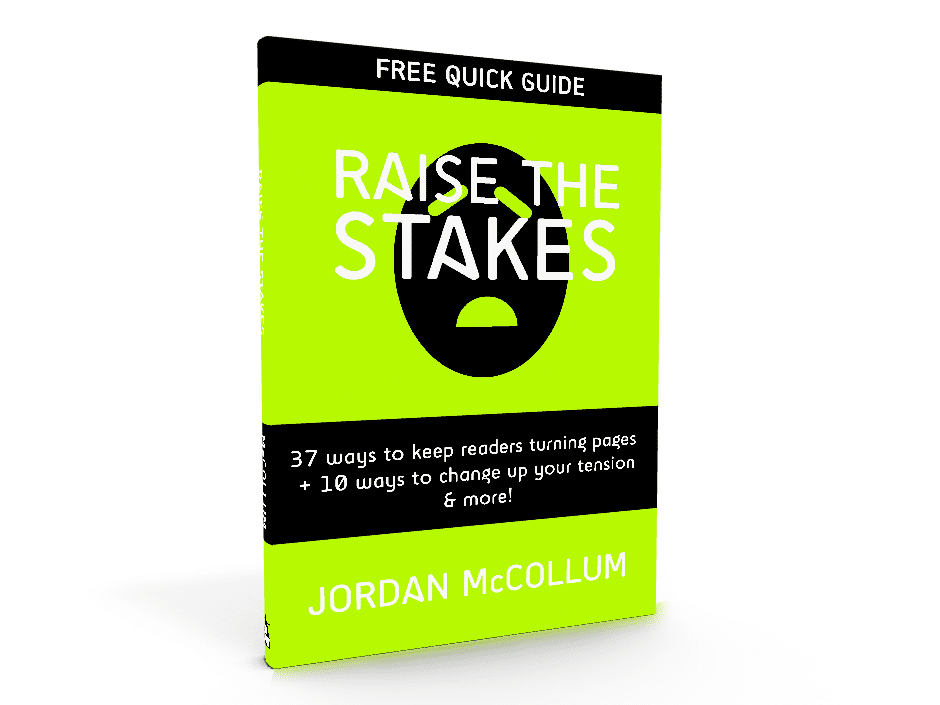Yesterday, I shared my experience with my “conversion” to plotting. And it turns out I wasn’t alone. As Katie pointed out, it seems like most of us had the same problem:
starting out as a pantster, realizing that writing-by-the-seat-of-our-pants exposes our weak areas, and realizing that plotting is necessary to some degree.
 I think that the mystique of the organic story, one that is so perfect and beautiful that it just wrote itself, is one of the big things that convinced a lot of us (or all of us) to become pantsers (and maybe even writers). There’s this romantic notion that “real” writers, “great” writers sit down and pound out a fabulous story, with minimal rewriting and never, no never, no never any planning in advance.
I think that the mystique of the organic story, one that is so perfect and beautiful that it just wrote itself, is one of the big things that convinced a lot of us (or all of us) to become pantsers (and maybe even writers). There’s this romantic notion that “real” writers, “great” writers sit down and pound out a fabulous story, with minimal rewriting and never, no never, no never any planning in advance.
And then we try it—and somehow it doesn’t seem to work. We learn more about plotting, and give that a try—and lo and behold, we have story arcs. We have a non-sagging middle. We have a character changing and growing through the climax and resolution.
Granted, these don’t always automatically fall in line with plotting and planning—but often when we start a story with these things in mind, we are more mindful of them not only in the planning but in the writing, and look for opportunities to help our characters grow and change, to continually challenge them. (Or, as I like to put it, to put the screws to them.)
So, our mission (should you choose to accept it!) for this series is to look at the whys (for the unconvinced) and the hows of plotting. I’d also love to get some guest posts on how individuals put plotting to work for them—so if you’d like to volunteer to give a brief overview of your plotting process, let me know! (And stay tuned for a new free guide on Friday!)
What do you think? How can learning about plotting help you? Do you think you’ll ever go back to pantsing?
Flying fingers by The Hamster Factor



I’ll never go back to pantsing as long as I have deadlines. It takes too much time to go back and fix things you could have gotten right the first time. I’m still learning that I need to plot more than I already do–I’d save myself more time as it is if I’d do that.
I think the magic of pantsing is that you’re throw in there with your characters. You don’t know what’s going to happen, you don’t know how you’re going to get them out of the predicaments they get into. If I had solved all the sticky issues before hand, it wouldn’t have been so much fun. I think there’s a thrill in not knowing what’s going to happen next.
OTOH, sometimes you can get really lost, writing out thousands of words that don’t work, and then have to back track.
One think that I’m having a little trouble with in my “plotting” experiment is that I think I’m throwing too many themes in there. I want to give my characters this magical transformation and insights, but I wonder how I’d fit that all in. I want my character to grow, but I think it’s unfair to expect them to receive a lifetime of experience in 100K words. Maybe this will come out in the actual writing…some ideas will stick and some will fall by the wayside. Should be an interesting ride.
@Annette—Oh deadlines. Oh dear. But that’s a great point—pantsing requires a lot more revision time than plotting (but they both take revision, and not just in the wordy stuff!).
@Andrew—You raise an interesting point in your comment. Yeah, it can be a lot of fun to be in the thick of it with your characters, to be just as uncertain as them—but even after you’ve plotted, it’ll still be an interesting ride.
Great post! I think even those who say they don’t plot still do it subconsciously. You’re always thinking about your story and characters when you’re in the middle of writing. Lots of times I’ll get a glimpse of something for my characters while I’m doing laundry, changing diapers, or other tasks I’d like to escape from. I think we need to dispel the myth that you don’t have to plot–it would’ve helped me as a beginning writer to understand the benefits/necessity of plotting.
Well… like I said, I just finished going through Donald Maas’s Writing the Breakout Novel. So of course, every single topic he covered, I applied to my own work in progress, in two steps. The first step was “Have I included this element of a good story?” But then, if/when the answer was yes (or became yes), the next step was “Have I PORTRAYED this at the appropriate time in my story?”
That was enlightening! For example…the sections on character development, I discovered I’d done pretty well. But then I realized that quite a few of those all-too-important aspects of character development, I’d planned on not portraying until far into the story. And while that might work on one level, it could also cause readers to give up early on in the book because the character doesn’t “seem” complete yet…or interesting…or likeable. So I realized where snippets of information that needed to be subtly woven in.
And then, I had planned on my character’s big moments to come quite a ways prior to the external story’s climax. The one depended on the other. But I realized that this might cause my characters to grow stale, if they stop growing. Therefore, I realized that I need to either keep back some of my planned character growth for AFTER their “big moment” or else I need to plan even more character growth. This way, the important big moment realizations and growth can allow my plot to hold together, but my story can continue to grow in ALL aspects.
So this is how learning to plot is helping me. At least, I’m pretty sure this WIP is going to end up significantly stronger than my last, because of this plotting work.